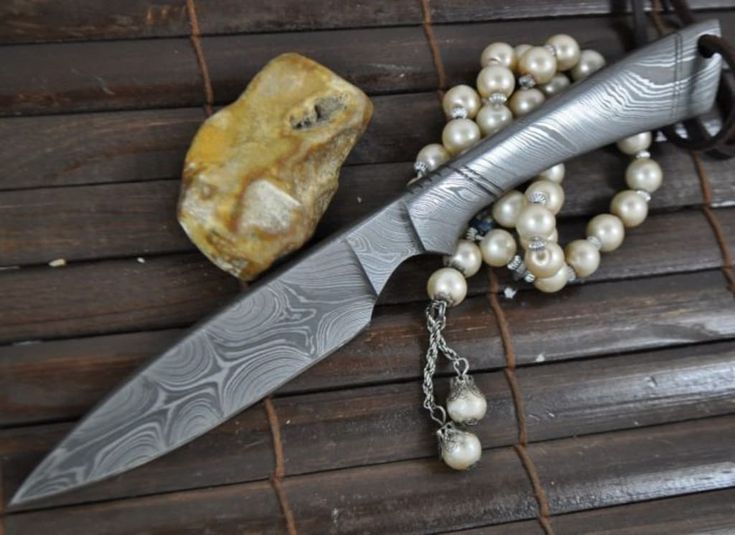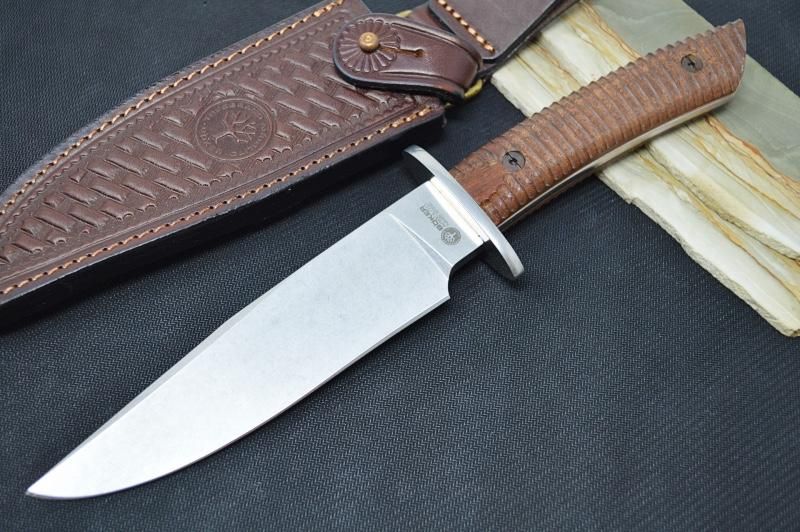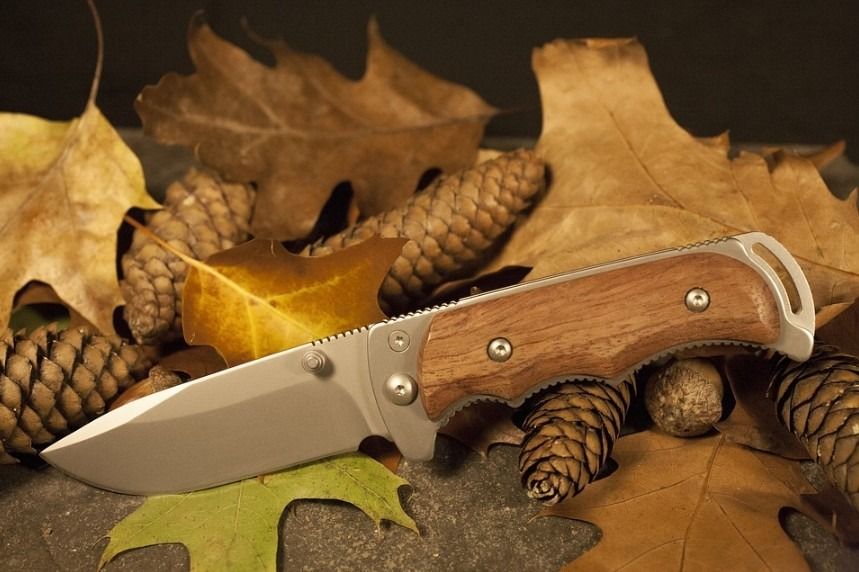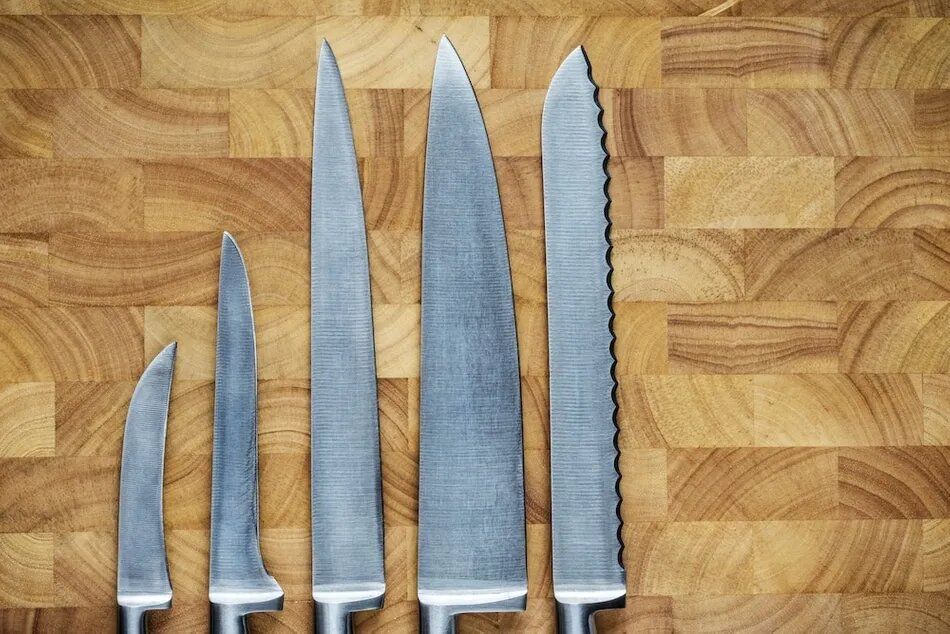Hunting Knives: Aspects to Consider When Purchasing
Any outdoor enthusiast is aware that heading out to adventures in the grand outdoors isn’t plausible without the adequate set of handy tools. Now, a kit of tools can consist of many different types, however few prove to be as essential as hunting knives.
Regardless of the activity you’re doing, whether you’re hiking, camping, hunting, or fishing, a quality knife can be just what you need for the tactical tasks, as much as emergencies, and preparing the animals and fish you’ve caught. Whether it’s skinning, slicing, and cutting, or opening cans without can openers, prepping wood, cutting ropes, or defending yourself from animal attacks, you name it – this kind of tool has got you covered!
Now, when it comes to choosing the adequate one for you, you’d stumble upon various designs and options differing in sizes, materials, and blades. Yes, this goes for the hunting knives too which can be quite the versatile tools. So, what do you do when faced with an overwhelming selection of choices? Take the following aspects as your guiding points!
Find Out the Basic Types of Hunting Knives

Before moving on to any specifications, you can keep things simple by letting the types be your stepping stone. In terms of this specific activity, there are two you’d come across: the convenient folding knife for hunting, and the fixed.
Folding
If it’s compactness you’re after, especially when travelling light, then you’d certainly appreciate the ingenious folding design. Featuring foldable blades that go into the handles, you can have the peace of mind regarding safety with the advantageous locking system.
Though they aren’t deemed to be top notch knives as the fixed counterparts, there are some high end brands that have been on the market for a long time because of their outstanding durable designs and materials. Even heavy use is no match for them as they’re resistant to breakages.
Such is the case with names like the German Böker, Italian Beretta, and USA’s Buck, among others. Besides the incredible craftsmanship with the handles, and strong corrosion resistant blades, they invest a great deal of attention to detail creating their folding hunting knives, as in the case with adding handy features. Some of them would be the gut hooks, saw blades, and clips.

If you prefer acquiring something more multi-purpose, then look for a design that offers exchangeable blades. Aside from the clip and saw blades, they could include fillet and boning blades, as well as drop point. From cutting fish, to larger game animals, they’re the perfect tools for a hunter with varied hunting interests.
Fixed
Unlike the folding knife for hunting, this counterpart is fixed on the handle. Many people prefer this type for the better grip and durability, since there aren’t any movable parts, nor locking system to worry about.
You won’t have to fret breaking anything, and since the blades of these knives are longer, some even twice as longer, you may use them for more activities than you buy them for. Moreover, maintenance would be a piece of cake since there’s no worry about hinges quite like with the folding alternatives.
Despite these advantages, there are some cons to them like not allowing you to carry them discretely like the folding knives for hunting which can easily fit even the most compact of pockets. And, to avoid any accidents with the bulky fixed knives, you may have to carry them in some suitable casings – especially if you’ve got a knife with particularly long blade. Not that advisable if you want to travel light.
Find Out the Basic Aspects a Good Hunting Knife Has

Okay, now that we’ve got the two basic types covered, with their pros and cons, you ought to take certain additional aspects into consideration too before deciding on the ideal design for you. These are:
The Blade Material
Since the blade is the essence of this tool, be it the folding knife for hunting, or the fixed, it’s essential to pay attention to the material it’s made from. Two of the most common options are carbon and stainless steel.

The first is famous for its convenience with the maintenance and sharpening, given that it’s easier to get in shape, and it’s also able to retain this shape longer. Though it comes at the price of easy rusting. To prevent this from happening, you’d have to get in the habit of rust-proofing your knives.
The latter may give you slightly more work with the sharpening, however it’s one of the most popular choices with reason. It’s advantageous because it’s basically corrosion and rust free. In the long run, these are properties that are quite welcome since you won’t have to be too careful with how and where you use and store stainless steel knives.
The Handle Material
Though often overlooked in comparison with the blades, the handle material is just as important. After all, it’s the handle you require to use the tool, so you ought to choose one that’s ergonomic, and provides a good grip with features like contours and finger stops.
Wood-like synthetic materials are recommended, and so are rubbers since they sit comfortably in the hands. Best of all is, even in cases when they’re used in rain, or your hands get sweaty, they don’t become slippery. If you’re after something aesthetically pleasing, then opt for wood and bone.


